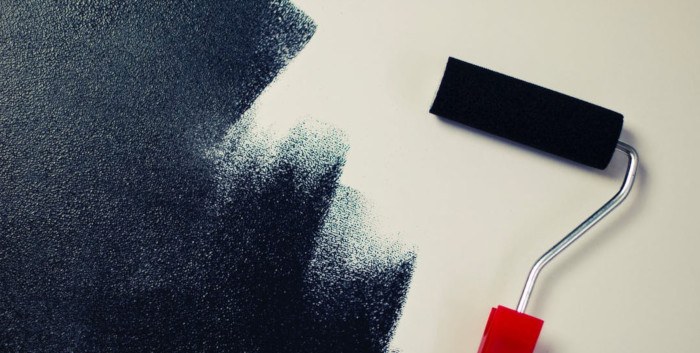How to Use a Paint Roller like a Pro: 4 Tricks & Tips
-
Pete Ortiz
- Last updated:

Using a paint roller can be an easy and economical way to give a room in your home a facelift. The problem? There is a big premium on doing a good job. After all, this is your home that we are talking about, right?
Using a paint roller does not have to be hard, but to do it the right way, you are going to need practice, and a little bit of information.
While we cannot help you with the former, we can certainly provide assistance with the latter.
Read on for a short guide on how to paint roll like a pro.
1. Start With the Right Equipment:
Even the best paint roller equipment isn’t very expensive. If you want to get professional level results, you may need to invest in equipment the way that the pros do. At the end of the day, you will only be out something like $100, and the results will be well worth it.

2. Maintain Your Equipment:
It is absolutely possible to keep your equipment in good working order. However, it will require a little bit of work. For the best results, be sure to clean your roller immediately after each paint job.
Doing so will both preserve the life expectancy of your roller, and it will also ensure that you aren’t mixing fresh paint with the hardened left over crust of your last paint session.

3. Pace:
Good paint rolling requires that you maintain a fluid pace. When you apply paint to the wall, you are going to want to spread it immediately.
Once you do, just keep going. It is ok to apply more paint onto a layer that has yet to dry. In fact, it will often be necessary. When you allow too much paint to dry without applying a fresh coat, you won’t get the pro level smooth finish that you are looking for.

4. Pattern:
Perhaps most importantly, you need to maintain a steady pattern. The motion is pretty simple. You will want to start with the roller several inches from the bottom of the wall, and then roll it up the surface at a steady incline.
Once you have reached the top of the wall, quicken your pace, moving the roller back up and own towards either corner so as to better spread the paint.
Then, repeat. The idea is to work quickly so that new layers of paint are constantly blending before they have the opportunity to dry.
When you halt your pace, you will usually encounter undesirable lap marks that disrupt the flow of the wall.
This is the part of the process that will inevitably require some practice. However, now that you have the right knowledge, applying it to your work should be much easier.

Contents


